I recently completed the book “surrounded by Idiots” by Thomas Erikson. If you are familiar with other personality tests/research like the Myers Briggs, “surrounded by idiots” gives you another interesting insight into human behaviors. Using the DISA system, he categorizes people into blue, yellow, red, or green.
It has been observed that most people have a combination of two colors, with approximately 80% falling into this category. Only around 5% of individuals are dominated by a single color, and the remaining individuals exhibit behaviors influenced by three colors. No one possesses all four colors simultaneously. Among the four colors, green is the most common, while red is less common.
If you feel the book is a tad bit too lengthy or you just don’t have enough time, no worries. I have got your back with this blog post. I also recently published a podcast on this book if you rather..
“We see what we do, we do not see why we do what we do. Thus, we assess and praise each other through what we see that we do”
SURROUNDED BY IDIOTS
This quote emphasizes the tendency of humans to judge and evaluate others based solely on their observable actions or behaviors, rather than understanding the underlying motivations or reasons behind those actions. The quote suggests that this limited perspective can lead to a superficial understanding of others. We assess and praise individuals based on the external results we witness, without considering the underlying reasons behind their actions.
Understanding The “Idiots” around us requires being aware of what we perceive normal behavior to be
Behavior patterns encompass more than just individual actions; they encompass a range of attitudes, beliefs, and approaches that govern how a person consistently acts. These patterns define a person’s overall behavioral tendencies and provide insights into their character and personality.
There are situations where individuals can truly be themselves: when they are alone in their room and when they are surrounded by people who share similar values, interests, or perspectives. In these environments, people feel comfortable expressing their true selves without fear of judgment or the need to conform to societal expectations.
Using the analogy of a toolbox, behavior patterns can be likened to different tools. Each type of behavior has its place and purpose depending on the specific situation. Just as a carpenter uses different tools for different tasks, individuals employ different behavior patterns based on the context and desired outcome. What may be appropriate in one situation may not necessarily be suitable in another.
It is important to recognize that every behavior is normal in its own right. Normal behavior refers to behavior that is relatively predictable, part of a pattern, and can be observed and understood within a given context. Each individual’s behavior is unique to them and shaped by their experiences, personality, and circumstances. Even behaviors that may seem unusual or unconventional can be excusable and understood when viewed through the lens of the individual’s perspective and background.
Why are we the way we are?
Hereditary and environment play significant roles in shaping a person’s behavior, particularly during childhood and adolescence. Let’s explore how children are influenced and how core values and attitudes contribute to forming their behavior.
Children are influenced by various factors, including their parents, peers, teachers, media (such as movies and books), and the broader social and cultural environment. These influences can shape their beliefs, values, and attitudes, which, in turn, impact their behavior.
Parents have a profound influence on their children’s behavior. They serve as role models and transmit their values and beliefs through their words, actions, and interactions. Children often learn core values from their parents, such as the belief that fighting is wrong or the importance of honesty, kindness, or respect. These values provide a foundation for their moral compass and guide their behavior as they grow.
Apart from parents, media and social interactions with peers also influence children’s behavior. Movies, books, and other forms of media can shape their perspectives and attitudes by presenting certain behaviors as desirable or acceptable. Peers contribute to the socialization process and can influence children’s behavior through peer pressure, social norms, and group dynamics.
As children grow older, they develop their own attitudes and approaches based on their experiences and conclusions. These attitudes reflect their opinions, preferences, and beliefs about specific topics or issues. For example, a child who has experienced the negative consequences of dishonesty may develop a strong attitude against lying.
Core values and attitudes, shaped by both hereditary and environmental factors, ultimately influence how a person chooses to behave. They serve as a framework that guides decision-making and actions. When faced with choices or challenges, individuals often draw upon their core values and attitudes to determine the most appropriate course of action. These core behavior patterns, derived from their underlying values and attitudes, become integral parts of their identity and shape their interactions with others and the world around them.
understanding the four personalities
The DISA System is a model that categorizes individuals into four different behavioral styles or colors: Analytical (blue), Dominant (red), Stable (green), and Inspiring (yellow). Each color represents a distinct set of characteristics and tendencies that influence how people react, communicate, and behave in various situations.

Analytical individuals (blue) tend to have a slower reaction time, but they put maximum effort into organizing and analyzing information. They are often more focused on tasks and facts than building relationships. They have a historical time frame, meaning they consider past experiences when making decisions, and they may tend to avoid getting too involved emotionally.
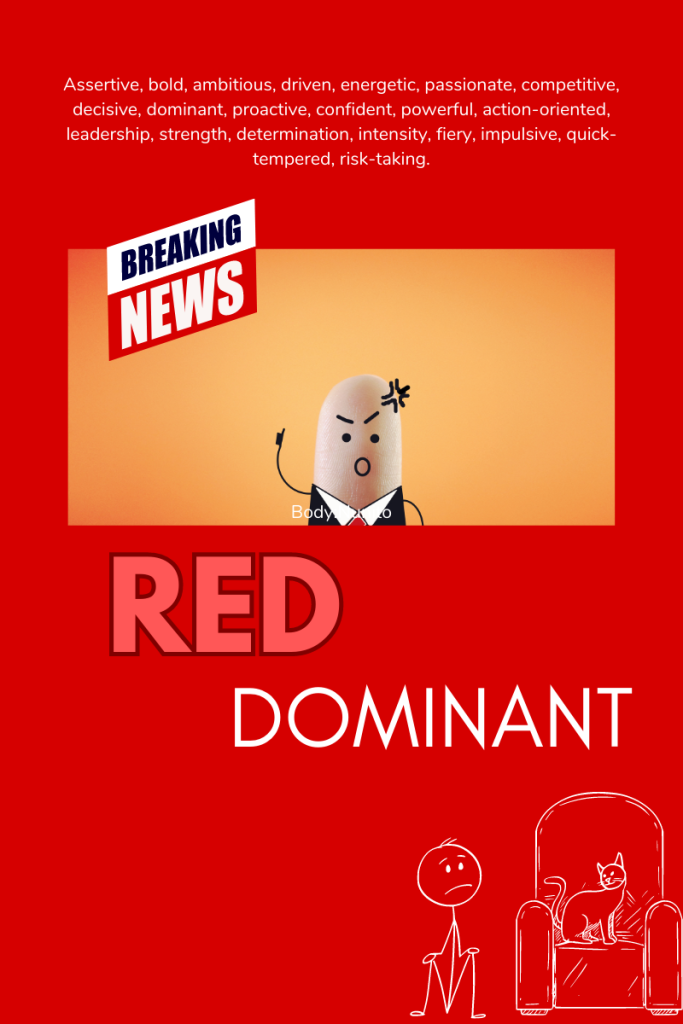
Dominant individuals (red) have a quick reaction time and prioritize maximum control over situations. They are action-oriented and have minimal interest in building deep connections with others. They operate in the current time frame and prefer direct and decisive actions. Dominant individuals often have a tendency to avoid getting emotionally involved or investing in relationships.

Stable individuals (green) react calmly to situations and put maximum effort into establishing and maintaining connections with others. They have minimal interest in change and prefer a supportive and harmonious environment. Stable individuals operate in the current time frame and tend to avoid conflicts, seeking to maintain stability and balance in their interactions.
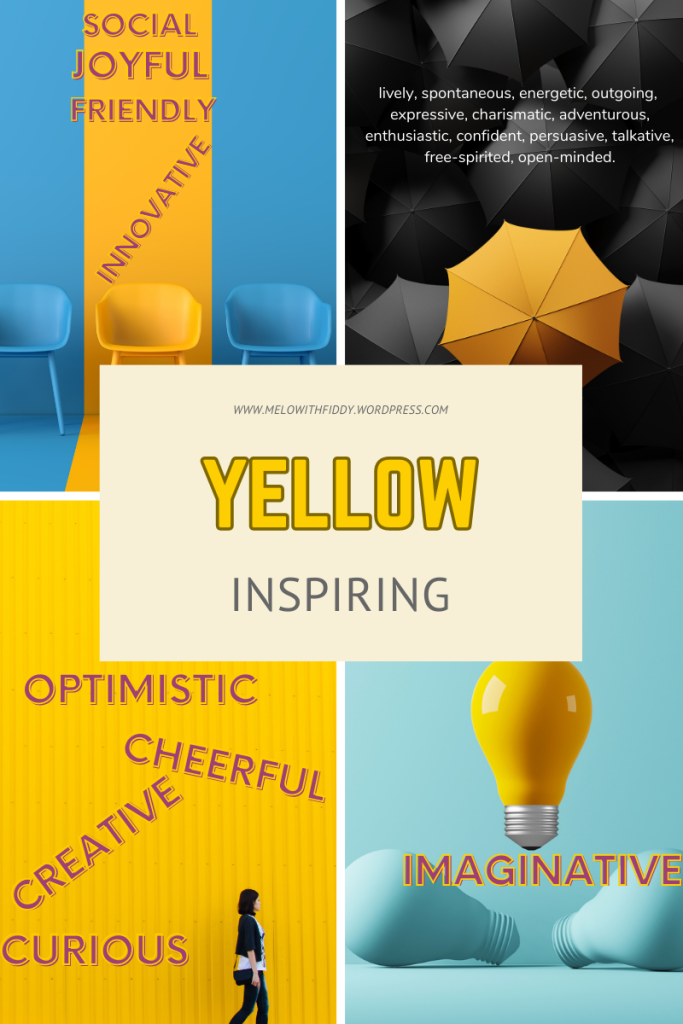
Inspiring individuals (yellow) have a rapid reaction time and put maximum effort into involving others and generating excitement. They have minimal interest in routine and are future-oriented, focusing on possibilities and innovation. They are impulsive and tend to reject isolation, seeking social interactions and new experiences.
The list of traits provided highlights some of the characteristics associated with each color. For example, red is associated with traits such as being goal-oriented, persuasive, and strong-willed. Yellow is associated with being creative, enthusiastic, and impulsive. Green is associated with traits such as being patient, understanding, and reliable. Blue is associated with being analytical, controlled, and meticulous.
me
RED
Recognizing a “real alpha” and navigating interactions with them can be approached with some considerations in mind. It’s important to remember that individuals are complex, and not all traits associated with a dominant personality are universally true. However, here are some general tips to recognize and engage with individuals who exhibit dominant traits:
- Observe their behavior: Real alphas often display boldness, ambition, and drive in their actions. They are proactive and take charge of situations. Look for their assertiveness and willingness to lead or take risks.
- Notice their communication style: Alphas tend to be vocal and expressive. They may be the first to answer a question in a group setting and often comment on various topics. They have a strong presence and can be direct and blunt in their communication.
- Recognize their competitive nature: Alphas thrive on competition and may actively seek out challenges and opportunities to prove themselves. They have a desire to succeed and excel in their pursuits.
- Observe their confidence: Real alphas exude confidence and may appear self-assured. They have strong beliefs and may assert that their perspective or approach is the only truth.
- Pay attention to their goal-oriented mindset: Alphas are driven by ambitious and often lofty goals. They may set seemingly impossible targets for themselves and work relentlessly to achieve them. Their focus is on results and accomplishments.
- Be aware of their potential hot temper: While alphas can be passionate and driven, their assertiveness may sometimes translate into hot-tempered or rash behavior. They can be impatient and may react strongly to challenges or obstacles.
When engaging with an alpha personality, consider the following:
- Offer respect and recognition: Alphas appreciate being acknowledged for their achievements and leadership qualities. Showing respect and recognizing their efforts can help establish a positive rapport.
- Be assertive, yet diplomatic: Alphas respect individuals who can hold their own ground. Express your opinions confidently but maintain a respectful and diplomatic approach when presenting differing perspectives.
- Be prepared and knowledgeable: Alphas appreciate individuals who are well-prepared and knowledgeable about the topic at hand. Back up your ideas with facts and logical reasoning to earn their respect.
- Focus on results and action: Alphas value tangible outcomes and action-oriented approaches. Emphasize the practical aspects and potential benefits of your ideas or proposals.
- Choose your battles: Alphas are dominant by nature, and engaging in unnecessary power struggles may lead to conflict. Select the issues that are truly important and worth challenging, and find common ground when possible.
- Be authentic and honest: Alphas value honesty and directness. Communicate openly and straightforwardly, but also be mindful of maintaining a respectful tone.

YELLOW
Recognizing someone whose head is in the clouds, particularly in the context of a Hippocratic-sanguine personality, and helping them come back to reality requires a thoughtful approach. Here are some suggestions:
- Observe their behavior: People with a head in the clouds often exhibit optimistic and cheerful attitudes. They may prioritize enjoyment and seek out opportunities for fun and entertainment. They are typically talkative and may enjoy being the center of attention.
- Engage in active listening: When interacting with someone whose head is in the clouds, it can be helpful to actively listen to their ideas and opinions. They may have a natural inclination to share their thoughts and experiences. Show genuine interest and provide them with an opportunity to express themselves.
- Encourage practical thinking: When discussing ideas or plans, gently encourage the individual to consider the practical aspects. Help them understand the real-world implications of their ideas and how they can be implemented. Guide them towards thinking about the feasibility and potential challenges.
- Provide concrete examples: Use real-life examples and scenarios to illustrate the practicality or limitations of their ideas. Help them connect their creative thinking with tangible outcomes and results.
- Offer gentle guidance: If their ideas or suggestions seem disconnected from reality, provide gentle guidance and alternative perspectives. Share your own insights and experiences without dismissing their ideas entirely. Encourage them to consider different viewpoints and broaden their perspective.
- Focus on action and solutions: Highlight the importance of taking action and finding practical solutions. Emphasize the benefits of grounding their ideas in reality and actively working towards achievable goals. Encourage them to identify steps they can take to bring their ideas to fruition.
- Encourage self-reflection: Help the individual develop self-awareness by encouraging reflection on their ideas and thought processes. Encourage them to think critically about their own reasoning and to consider the potential impacts and consequences of their actions.
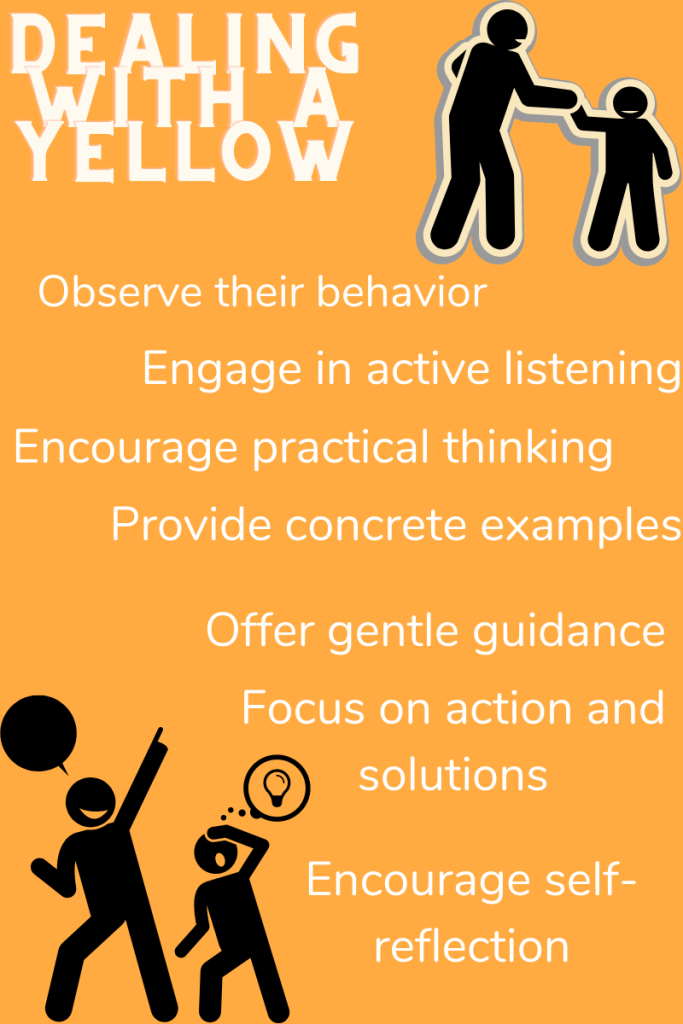
GREEN
Individuals with a green personality, often associated with traits such as being calm, easygoing, and focused on relationships, may find change difficult for several reasons:
- Need for Stability: Green individuals prioritize stability and predictability in their lives. They thrive in familiar environments and routines. Change disrupts their sense of stability and can create feelings of uncertainty and discomfort.
- Reluctance to Rock the Boat: Green personalities strive to fit in and maintain harmonious relationships. They tend to avoid conflicts and confrontations, which can make embracing change challenging. They may fear that change could upset the balance and harmony they have established in their relationships.
- Resistance to Disrupting Relationships: Green individuals value their relationships and invest time and effort in nurturing them. They may hesitate to embrace change if they believe it could strain or negatively impact their connections with others. The fear of losing or damaging relationships can hinder their willingness to embrace change.
- Introversion and Reflective Nature: Green individuals often have introverted tendencies, preferring to process information internally and take time to consider their decisions. Change may require them to step outside their comfort zone and engage in more extroverted activities or interactions, which can be challenging for them.
- Reliability and Need to Deliver: Green personalities take pride in their reliability and commitment to fulfilling their responsibilities. Change can introduce new expectations or requirements that they may feel uncertain about fulfilling. They may fear that change could impact their ability to deliver as expected, causing anxiety or apprehension.
- Resistance to Asking for Help: Green individuals typically prefer to handle things on their own and may be reluctant to ask for assistance or support. This self-reliant nature can make it challenging for them to navigate change, as they may struggle to reach out for guidance or resources when needed.
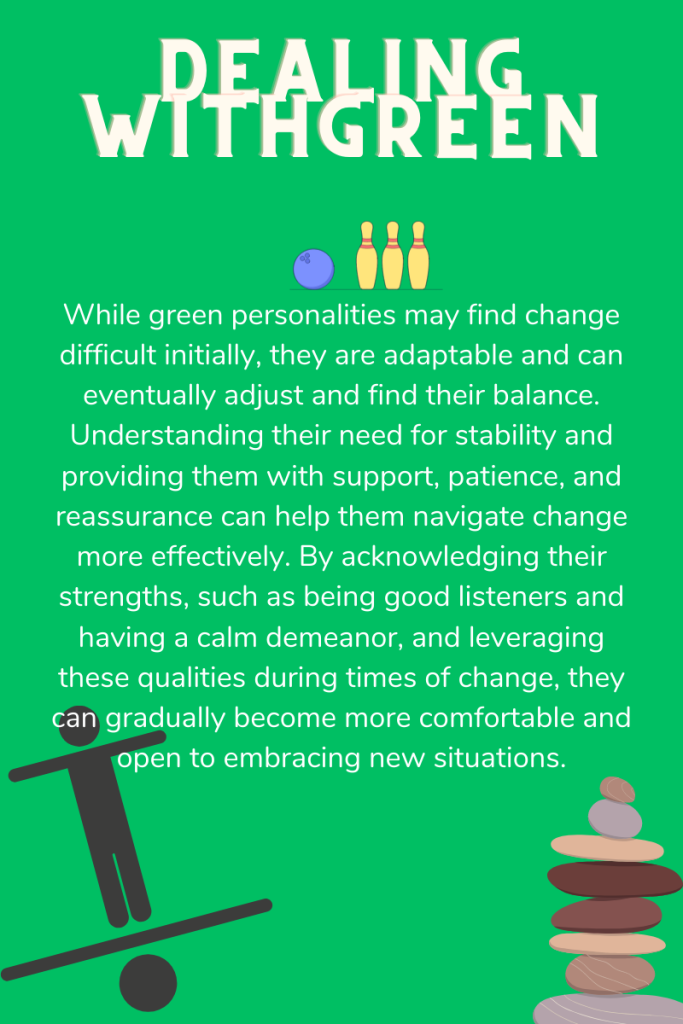
YELLOW
Individuals with a blue personality are often characterized by their pursuit of perfection and attention to detail. Here are some key aspects related to their behavior and mindset:
- Keen Observation and Analysis: Blues are attentive to their surroundings and have a natural inclination to observe and analyze information. They pay close attention to details and strive for accuracy and precision in their work.
- Realism and Practicality: Blues tend to have a realistic outlook and approach to life. They focus on what is feasible and practical, considering the constraints and limitations of a situation. They value logical reasoning and rationality.
- Commitment to Correctness: Blues have a strong desire to be correct and to ensure that things are done accurately. They take pride in their attention to detail and have a meticulous approach to their work. They are often motivated by a sense of duty and responsibility.
- Thoughtful and Deliberate Decision Making: Blues typically do not rush into action, even when they have a solution or idea. They prefer to take their time, carefully considering all factors before making a decision or taking action. They value thoroughness and analysis.
- Modesty and Humility: Blues tend to be unassuming and do not seek the spotlight or recognition. They focus more on the quality of their work rather than drawing attention to themselves. Their emphasis is on doing things well rather than on self-promotion.
- Risk Awareness and Preparedness: Blues are cautious by nature and often consider potential risks and challenges. They engage in thoughtful planning and preparation to mitigate potential pitfalls and ensure a smooth process. They value a well-thought-out approach.
- Quality Orientation: Blues have a strong commitment to quality and excellence. They pay attention to every aspect of a task or project, ensuring that no detail is overlooked. They are often motivated by a desire for perfection and take pride in delivering high-quality results.
- Logical and Rational Thinking: Blues are logical thinkers who rely on reason and rationality when approaching problems or challenges. They value logical coherence and tend to base their decisions and actions on well-founded arguments and evidence.
- Introverted Nature: Blues often lean towards introversion, preferring solitary or focused work. They recharge by spending time alone and may prefer in-depth conversations rather than small talk or socializing.
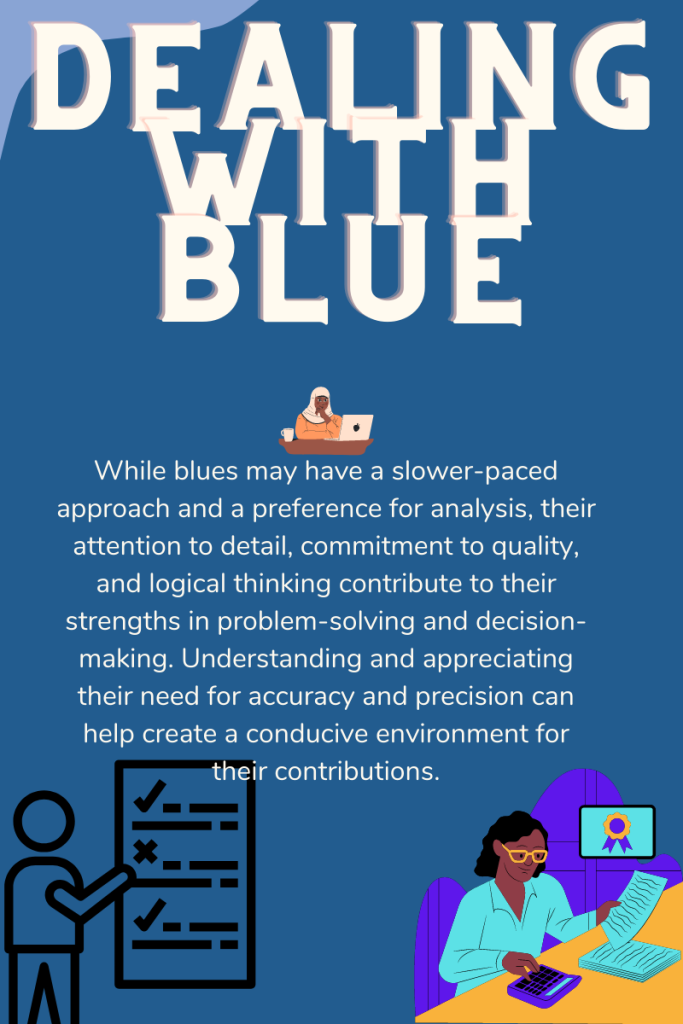
No one is completely perfect: strengths and weakness

Strengths and weaknesses can vary among individuals with different personality types. In this section, we’ll explore some common strengths and weaknesses associated with the red and yellow personalities, as well as the blue and green personalities:
Red:
Strengths: Red individuals are quick to act and take command. They have a natural inclination towards leadership roles and are often decisive and assertive. They are driven by results and have a strong work ethic. Their ability to break rules and get things done can be seen as an advantage in certain situations.
Weaknesses: However, red personalities can also exhibit negative traits. They may come across as unyielding, impatient, and aggressive. Their need for control can sometimes lead them to trample on others’ toes or disregard their opinions. They may be perceived as rule breakers, which can create tension or conflict in certain environments.
Yellow:
Strengths: Yellow individuals are often amusing, creative, and have an elative mood. They bring energy and enthusiasm to their interactions and can be good communicators. They have a natural ability to launch new ideas or projects and are generally self-confident.
Weaknesses: On the flip side, yellow personalities can be perceived as self-centered and selfish. They may prioritize their own needs and desires above others, leading to a lack of consideration or empathy. They may struggle with listening skills, as they can be easily distracted or appear superficial in their interactions. They may have a tendency to start things but struggle to follow through or finish tasks.
Green:
Strengths: Green individuals are easygoing and caring. They are often pleasant to be around and value harmonious relationships. They can be empathetic and understanding toward others. Their ability to remain calm and level-headed can contribute to a peaceful environment.
Weaknesses: However, green personalities may also exhibit weaknesses. They can be wishy-washy and indecisive, often avoiding taking a stand or speaking out. Their passive nature can make them susceptible to being taken advantage of or being seen as naive or gullible. They may struggle with committing to plans or projects, especially when faced with obstacles or challenges.
Blue:
Strengths: Blue individuals are known for their calmness, level-headedness, and attention to detail. They have a logical and rational approach to problem-solving and decision-making. They are often meticulous in their work and strive for perfection. Their reserved and conservative nature can contribute to their ability to analyze situations thoroughly.
Weaknesses: However, blue personalities may have weaknesses as well. They can be seen as evasive or aloof, finding it difficult to engage in small talk or casual interactions. They may struggle with initiating new tasks or projects due to their need for a well-defined plan. Their meticulous nature can sometimes be perceived as tedious or overly critical. They may be seen as pessimistic due to their tendency to question and scrutinize situations.
ADAPTING TO THE FOUR COLOURS
Adapting to different personality types can help improve communication and create more effective interactions. Here are some adaptation strategies for each personality type mentioned:
Red:
- Be assertive and direct in your communication, getting straight to the point.
- Embrace new ideas and be open to their suggestions.
- Take initiative and act quickly to keep up with their fast-paced nature.
- Stand your ground and don’t let them walk all over you.
- Use examples and concrete evidence to support your points.
- Confront any problematic behavior directly and assertively.
Yellow:
- Create a positive and happy environment as they function best in a cheerful mood.
- Keep details to a minimum and focus on the big picture.
- Accept and respect their gut feelings and willingness to take risks.
- Stay updated with the latest trends and incorporate them into your discussions.
- Be approachable and engage in follow-ups to maintain their interest.
- Coordinate appointments or meetings in advance to accommodate their spontaneous nature.
Green:
- Provide a period of peace and quiet as they are driven by a fear of conflict.
- Avoid pressuring them into making decisions and give them time to think things through.
- Take the lead and provide clear directions when change is involved.
- Be patient and understanding when dealing with their indecisiveness or reluctance.
- Create a supportive and non-threatening environment for open communication.
Blue:
- Come prepared with well-organized and detailed information.
- Stick to the task at hand and provide clear instructions or guidelines.
- Think through your statements before speaking and present logical arguments.
- Remind them of the impact their decisions may have on other people’s feelings.
- Demonstrate a meticulous approach to your work to gain their trust.
- Calmly and respectfully remind them to speed up if they are getting too focused on perfection or details.
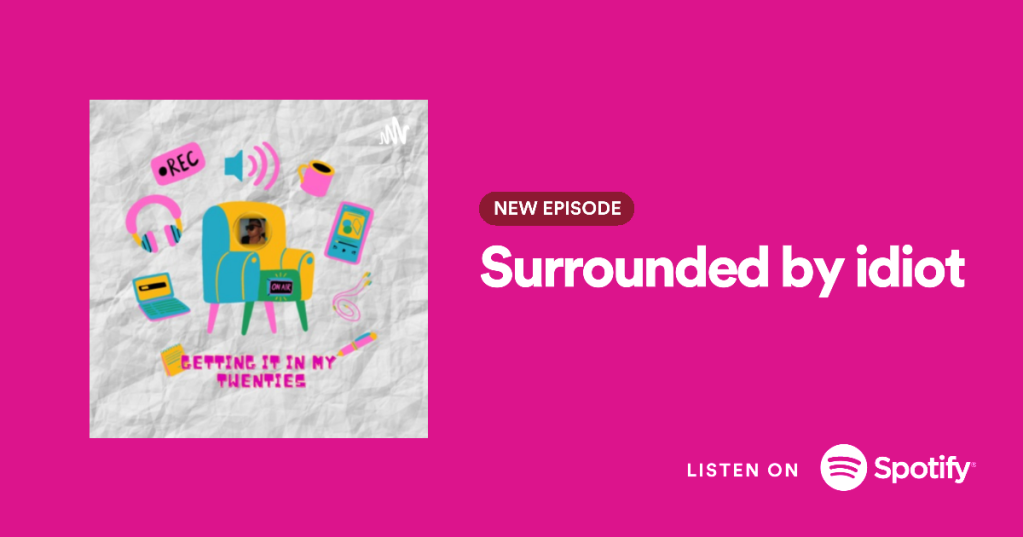
Discover more from Melowithfiddy
Subscribe to get the latest posts sent to your email.


One thought on “SURROUNDED BY IDIOTS”